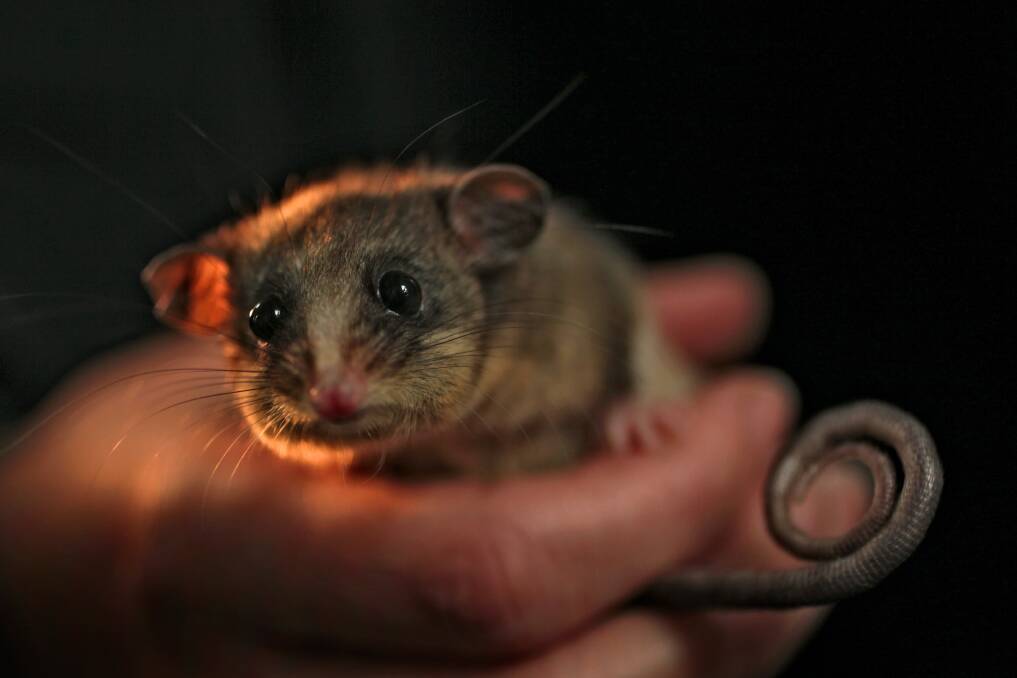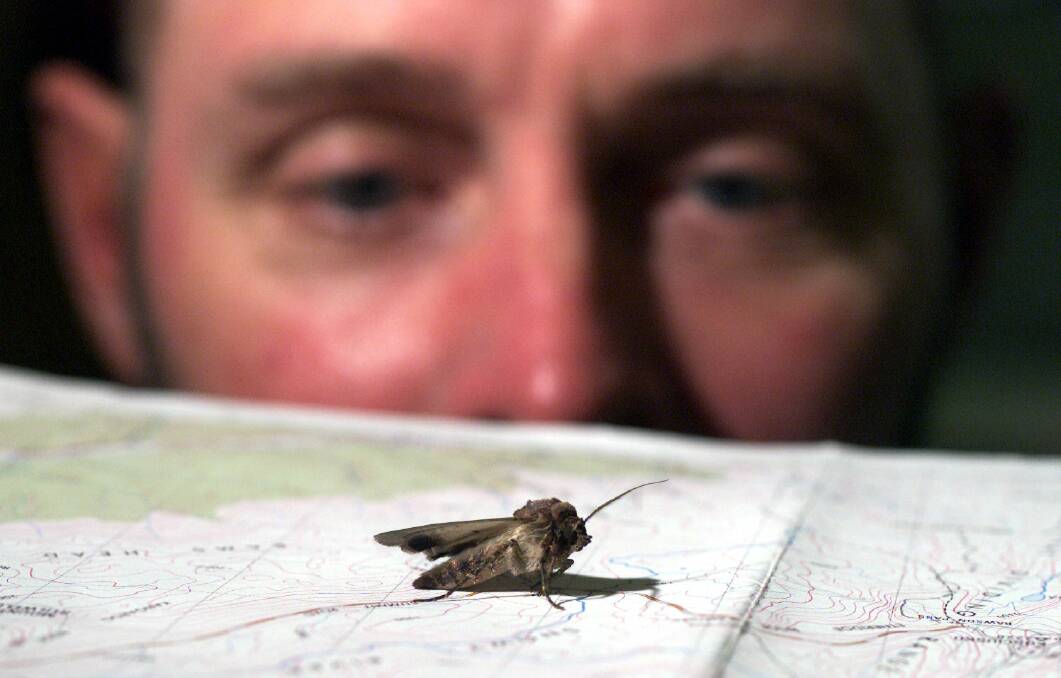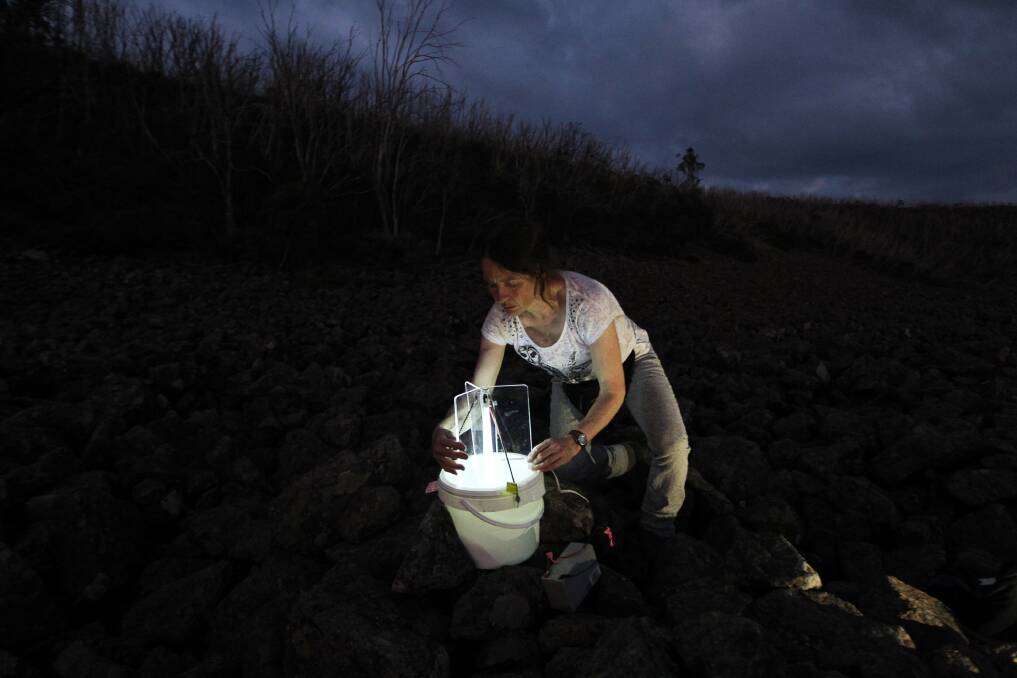Scientists across Australia are concerned the critically endangered mountain pygmy possum could starve after a "50-fold" drop in their primary food source, the bogong moth.
Subscribe now for unlimited access.
$0/
(min cost $0)
or signup to continue reading
Experts have blamed the effects of climate change, recent dry conditions, light pollution and bug spraying for the drop in moths, but others have cautioned alarm.

CSIRO researcher Peter Caley said he had seen a "50-fold" drop in the number of bogong moths at Mount Gingera, west of Canberra in Namadgi National Park.
But he said because he had only previously surveyed the sites during strong wet seasons for the moths in 2014 and 2015, it was hard to tell how low the moth population could get.

"You really have to wait and see and see what happens after the good seasons, whether the population is currently in trouble," Mr Caley said.
"It's related to the breeding conditions in Australia. It's the result of just the drought, probably."
With their high fat content, the moths are an important food source for the critically endangered mountain pygmy possum, which is spread across Australia's alpine regions.
But the moths thrive on wet conditions, preferring green grass, a precious commodity in the recent spate of dry winters in Australia.
University of NSW associate lecturer Hayley Bates said she had been seeing fewer moths in sites across the Snowy Mountains, including during a visit this year.
Dr Bates said she had set up light traps with colleagues to help count the moths.
"We kept going, 'When are they going to arrive?'," Dr Bates said.
She said the moths fled the lowlands in the spring for the Snowys, preferring the cooler conditions.

Their migratory path from across western plains in NSW sees them pass through Sydney and Canberra, but they could be scattered by light pollution and die from bug spraying.
"Parliament House plays a big role with bogong moth numbers as well: all the spraying it does," Dr Bates said.
"Farmers don't like them because they eat the roots of the crops, so farmers do a lot of spraying."
While Dr Bates said the pygmy possums in the Snowys weren't struggling yet, she said it was a matter of waiting to see how badly they were impacted.
"Boom, bust is very unique to the Australian landscape," she said.
Pygmy possums in the Snowys lived less densely than their mates in the Victorian Alps and had alternative food sources.
But the moths' high fat content helped the pygmy possums go into hibernation during the brutal winters in the alpine areas.
Further south in Victoria, La Trobe University associate Dean Heinze said he saw a large number of mountain pygmy possums abandon their young due to the lack of food.
"I would open up the pouch of these females and quite often mothers would have dead pouch young," Mr Heinze said.
"The mothers wouldn't have any milk in their mammary glands."
Back in Canberra, ecologist Ken Green said he was seeing a handful of moths in caves where normally thousands would line the walls.
"It was the worse I've ever seen them," Dr Green said.
"If you look at the sun being the major energy source for the mountains, bogong moths are second highest. That's how important they are."
"We've had those two very dry winters out west. Bogong moths live on green grass."
Dr Green said if Canberrans kept their lawns green, they could help feed the moths.
"The only plan to help the bogong moth is to reverse the effects of climate change. Technically it's quite simple, politically it's not."
Dr Green remembers a time when Canberrans used to see the abundance of bogong moths as a nuisance and was once called by administrators at Parliament House for help.
They didn't mind all the moths, they told Dr Green, but it was all the pests that would follow them in that was the problem.
"Well, we do keep voting for them," Dr Green said. The phone went silent.

